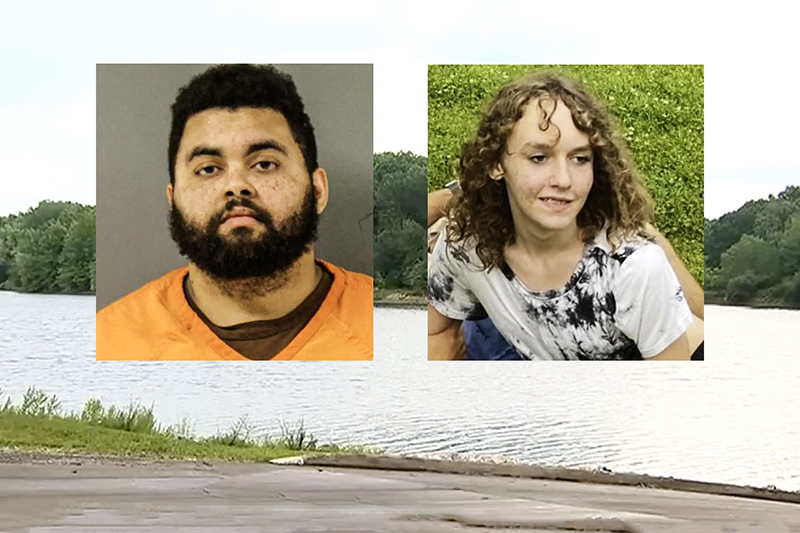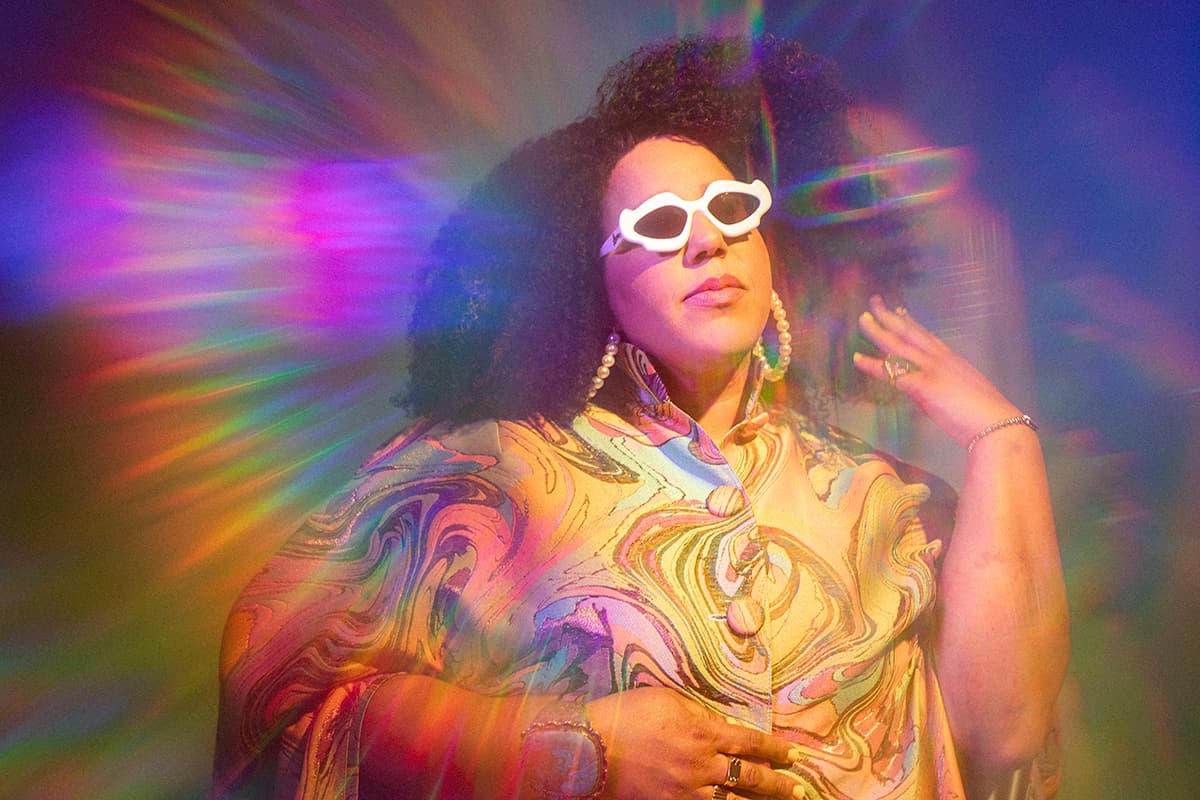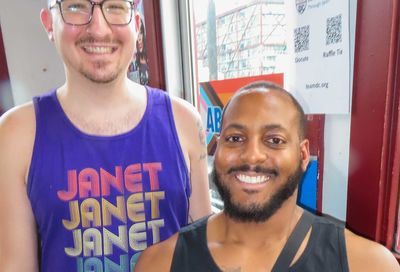At least 20 million Americans identify as LGBTQ. But where do they live?
At least 8% of American adults identify as LGBTQ, with more than one-fifth of them spread between just two states.

At least 20 million adults in the United States identify as LGBTQ, with more than one in ten LGBTQ adults residing in California alone.
According to a report from the Human Rights Campaign, 8% of respondents to the U.S. Census Bureau’s Household Pulse Survey said they identified as LGBTQ, with an additional 2% saying their sexual orientation was something other than gay, lesbian, bisexual, or straight — which could include identities such as pansexual, demisexual, or asexual, although the survey doesn’t allow people to specify.
Recent Census estimates put the number of adults aged 18 or over at 258.3 million, meaning that at least 20 million Americans would identify as LGBTQ, if the survey’s results are accurate.
The Household Pulse Survey also indicates that more than 1%, or more than 2 million adults in America, identify as transgender. An additional 2% said that none of the terms “cisgender male,” “cisgender female” or “transgender” described their gender — which could include individuals who identify as nonbinary, genderqueer, or gender-fluid, although the survey doesn’t specify.
Similar to previous research, bisexuals comprise the largest contingent of LGBTQ people, representing about 4% of survey participants, followed by gay and lesbian adults, who comprise 3% of participants.
In terms of geographic distribution, while LGBTQ people live everywhere, 10 states — Arizona, California, Florida, Georgia, Illinois, New York, North Carolina, Ohio, Pennsylvania and Texas — have the largest numbers of LGBTQ-identifying people who responded to the survey residing in their states, with approximately 2.6 million LGBTQ adults living in California, and 1.7 million living in Texas.
According to HRC, the Household Pulse Survey is the first official Census Bureau survey to ask about respondents’ sexual orientation and gender identity. While previous attempts have been made to document the size and demographics of the LGBTQ community, sampling in past surveys has been difficult, due, in part, to bias within the survey questions (in terms of how they are posed) as well as from survey administrators.
Additionally, past surveys may have been influenced by a respondent’s comfort level with identifying as LGBTQ to a relative stranger, the level of acceptance or tolerance within the surrounding community as it pertains to LGBTQ individuals, or the degree to which a person is “out” when it comes to acknowledging their identity.
Related: The Task Force’s “Queer the Census” is designed to ensure all LGBTQ Americans are counted
Previously, the two largest estimates of LGBTQ people came from data from the Williams Institute, which pegged the number of LGB adults at 3.5%, and transgender adults at 0.3% as far back as 2011; and the Public Religion Research Institute’s American Values Atlas, which estimated that only 4.4% of Americans identify as LGBTQ. The Household Pulse Survey’s numbers are significantly higher than those previous estimates — and advocates say that higher number could still be an underestimate, when taking into account people in the closet or those who identify with labels not asked about in the survey.
HRC also noted in its report that there is still more research needed when it comes to estimating the LGBTQ population, especially given that the Census Bureau’s two largest surveys — the U.S. Census itself and the American Community Survey — do not ask questions about LGBTQ identity, although they do explicitly count the number of same-sex couples, which of course does not take into effect large swaths of single LGBTQ adults.
Nonetheless, HRC celebrated the higher-than-expected estimates revealed by the survey data, and said those larger numbers of heretofore invisible people who were overlooked by past surveys and estimates underscore the importance of guaranteeing full legal protections for LGBTQ people at all levels of government.
“LGBTQ+ people are here — in every town, in every city, in each and every ZIP code,” Interim HRC President Joni Madison said in a statement. “This data shows what we’ve suspected: our community is larger and more widespread than we could have known up to this point. We’re proud to bring this data to light and set the stage for a future where all the millions of LGBTQ+ people in America enjoy full legal and lived equality.”
See also:
Conservatives accuse Sephora of “sexual perversion” over gay holiday ad
Georgia prison system pays family of trans inmate $2.2 million after death by suicide
Suspect arrested for allegedly beating a gay man with a metal pole on Coney Island boardwalk
Support Metro Weekly’s Journalism
These are challenging times for news organizations. And yet it’s crucial we stay active and provide vital resources and information to both our local readers and the world. So won’t you please take a moment and consider supporting Metro Weekly with a membership? For as little as $5 a month, you can help ensure Metro Weekly magazine and MetroWeekly.com remain free, viable resources as we provide the best, most diverse, culturally-resonant LGBTQ coverage in both the D.C. region and around the world. Memberships come with exclusive perks and discounts, your own personal digital delivery of each week’s magazine (and an archive), access to our Member's Lounge when it launches this fall, and exclusive members-only items like Metro Weekly Membership Mugs and Tote Bags! Check out all our membership levels here and please join us today!

























You must be logged in to post a comment.